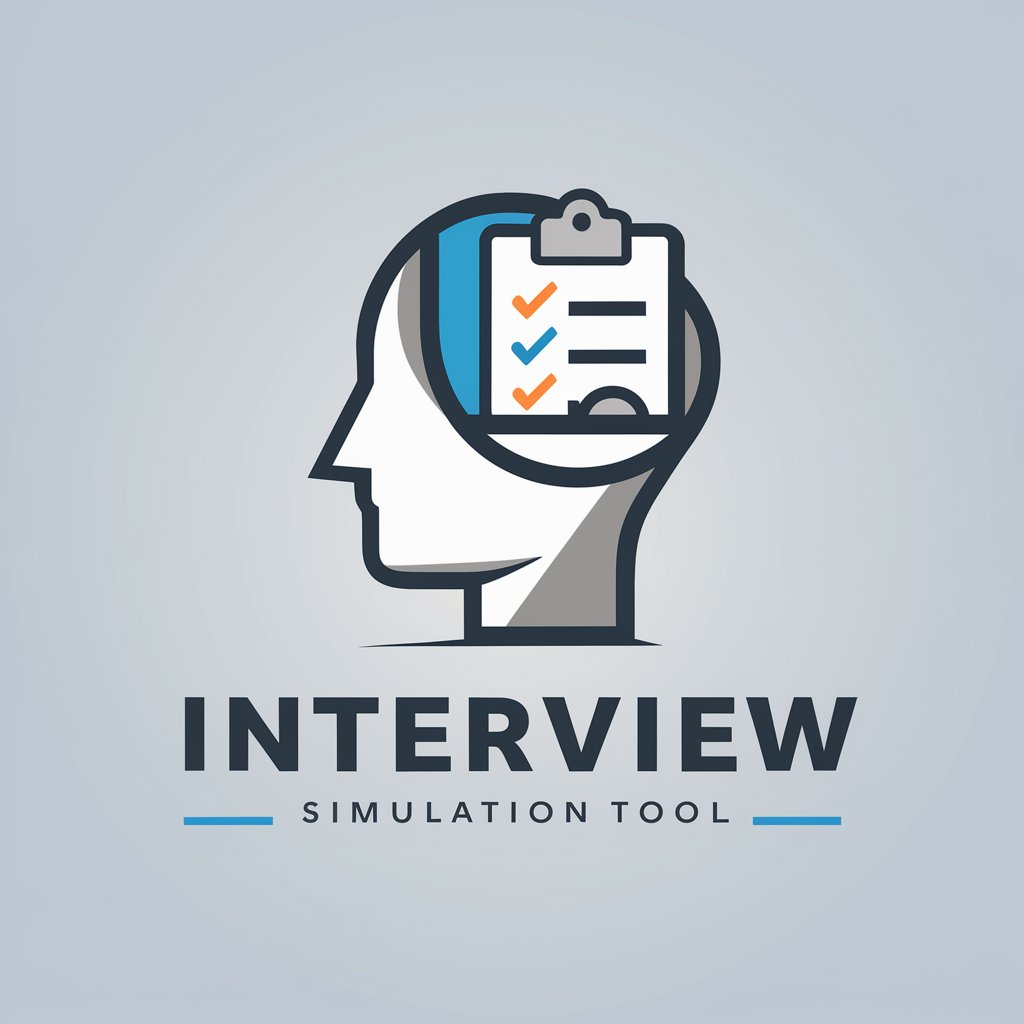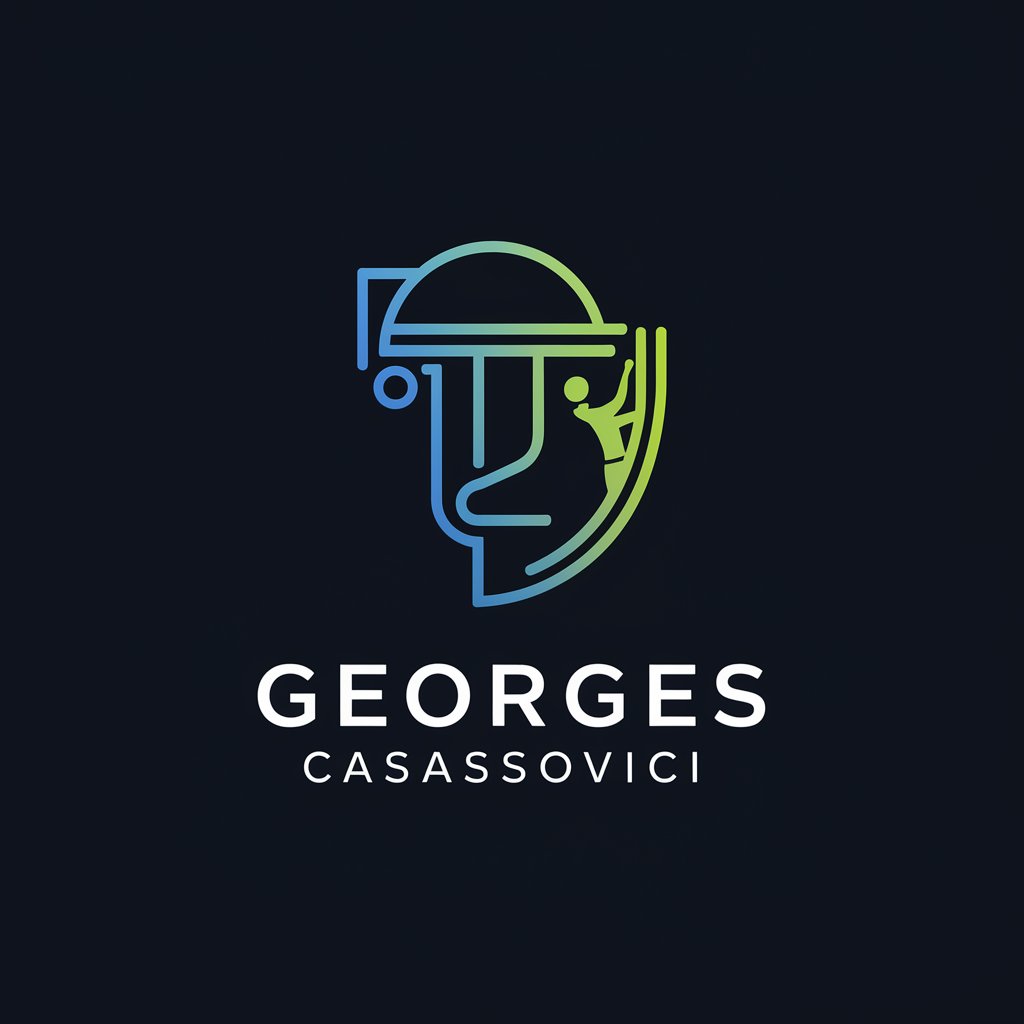Algorithmic Trading Strategy Generator - algorithmic trading strategy generator.

Welcome! Let's explore hypothetical algorithmic trading strategies.
AI-powered strategies for mock trading.
Create a narrative for an algorithmic trading strategy.
Simulate results for a mock-up stock trading strategy.
Explain a machine learning model for stock trading.
Narrate the development and testing of a trading strategy.
Get Embed Code
Introduction to Algorithmic Trading Strategy Generator
The Algorithmic Trading Strategy Generator (ATSG) is designed to create, simulate, and present algorithmic trading strategies, helping users understand the process of developing strategies for financial markets. Its primary function is to illustrate how a hypothetical algorithmic strategy can be formulated using various technical, fundamental, and statistical models. Through examples, ATSG demonstrates the potential workflow for designing strategies, including analyzing market data, setting rules based on price action, and testing the performance of the algorithm in a fictional scenario. For example, ATSG can generate a momentum-based strategy where buy or sell signals are triggered when a stock's price moves past certain moving averages. A fictional stock, say ABC Corp., could be used to demonstrate how the algorithm reacts to price movements above or below a 50-day moving average. ATSG can then simulate how this strategy might perform in a bullish or bearish scenario, showing hypothetical profits or losses over time. Powered by ChatGPT-4o。

Main Functions of Algorithmic Trading Strategy Generator
Strategy Generation
Example
The generator can create a simple mean-reversion strategy, where the algorithm buys when a stock's price falls below a certain threshold (e.g., 2 standard deviations from the mean) and sells when it rebounds above the mean.
Scenario
In a scenario involving a mock stock 'XYZ Corp.', ATSG generates a rule where the algorithm buys XYZ when it dips 3% below its 20-day moving average and sells when it recovers 2%. It could simulate how this strategy performs in a choppy market with frequent price swings.
Risk Management Simulation
Example
The generator can simulate stop-loss and take-profit triggers to minimize risks. For example, the user can specify a strategy that sets a stop-loss at 5% below the entry price and a take-profit at 10% above.
Scenario
For a stock 'DEF Inc.,' ATSG sets a stop-loss at $50 and a take-profit at $60. It simulates the performance of the strategy during periods of market volatility, showing how often trades get stopped out or reach the profit target in different market conditions.
Backtesting Simulation
Example
ATSG offers a backtesting simulation where historical market data for fictional assets is used to test a trading strategy. Users can see how the strategy would have performed in the past.
Scenario
For a momentum strategy involving a mock-up index 'Global100,' ATSG tests the strategy over a fictional 5-year data set. The algorithm buys when the 50-day moving average crosses above the 200-day moving average and sells on the opposite crossover. The backtest results show how the strategy would have performed during bullish and bearish cycles.
Machine Learning Model Integration
Example
ATSG can simulate using machine learning models, such as decision trees or reinforcement learning, to predict market trends or optimize a strategy's parameters.
Scenario
In a scenario involving a fictitious commodity 'SilverX,' ATSG uses a decision tree model to predict price movements based on historical volume and price patterns. It simulates how the strategy adjusts trade positions based on the predicted outcomes, optimizing performance through dynamic learning.
Scenario Analysis and Optimization
Example
ATSG allows users to test their strategy under different market conditions, such as extreme volatility or trending markets, to see how robust the algorithm is.
Scenario
Using a trend-following strategy for the fictional tech stock 'T-Tech,' ATSG simulates performance in both trending and sideways markets. It shows how the algorithm performs well in uptrends but struggles in sideways movement, allowing the user to optimize for varying market scenarios.
Ideal Users of Algorithmic Trading Strategy Generator
Aspiring Algorithmic Traders
ATSG is ideal for individuals new to algorithmic trading who want to understand the basics of strategy development without the need for real-world capital. They can experiment with different approaches like momentum, mean-reversion, or machine learning-based strategies in a risk-free environment, gaining valuable insights into how strategies are built and optimized.
Quantitative Finance Students
Students learning about quantitative finance can use ATSG to see how theoretical models are applied to algorithmic strategies. They can simulate various approaches such as statistical arbitrage, trend following, or portfolio optimization and apply their academic knowledge to these fictional scenarios, deepening their understanding of the subject.
Traders Testing New Ideas
Experienced traders who are exploring algorithmic approaches can use ATSG to test new trading ideas before committing real money. The platform allows them to refine their strategies, test different parameters, and evaluate performance in various market conditions, giving them a sandbox for idea experimentation.
Financial Educators and Trainers
ATSG is a powerful tool for educators teaching algorithmic trading concepts. They can create hypothetical scenarios to show students the workflow of designing, testing, and optimizing trading algorithms. The ability to simulate different market conditions also allows for comprehensive training in risk management and strategy adjustment.

Guidelines for Using the Algorithmic Trading Strategy Generator
1
Visit yeschat.ai for a free trial without login, also no need for ChatGPT Plus.
2
Familiarize yourself with basic trading concepts like trend analysis, backtesting, and risk management for optimal understanding of strategies generated by the tool.
3
Choose a mock stock or create a fictional scenario for which you'd like to generate an algorithmic strategy. The more detail you provide, the more tailored the result will be.
4
Run the generator to receive a comprehensive narrative of the strategy, including technical indicators, potential machine learning applications, and risk controls.
5
Review the generated strategy and use it for educational purposes, testing different scenarios or optimizing based on feedback for further insights.
Try other advanced and practical GPTs
Interview Simulator
Ace Your Interview with AI

City Stars Guide
Navigate life with AI-powered astrology

Brawl Stars Bear
Master Brawl Stars with AI-Powered Guidance

Nautilus
Empower your expertise with AI

Digital Marketing Sales Pro
Empower Your Marketing with AI

Bedtime Wonders
Custom Stories Powered by AI

Senior Air Fryer Guide
Smart Cooking with AI Guidance

Unique Attire
AI-Powered Fashion Mastery

Cosmic Illustrator
Visualizing Space with AI Precision

Cosmic Chef
Discover Culinary Frontiers with AI

Georges
Explore Innovations with AI

Cave House Concierge
Explore Effortlessly with AI

Q&A on Algorithmic Trading Strategy Generator
How does the Algorithmic Trading Strategy Generator create strategies?
The generator uses technical indicators, trend analysis, and hypothetical data to create algorithmic strategies. It can incorporate elements like moving averages, machine learning models, and risk management techniques to provide a comprehensive strategy tailored to the user's fictional scenario.
Can I use this tool for real stock trading?
No, the tool is designed for educational and illustrative purposes only. It helps users understand the principles of algorithmic trading by creating hypothetical strategies but should not be used for real financial investments.
What types of algorithms can the tool generate?
The tool can generate trend-following algorithms, mean-reversion strategies, momentum-based models, and risk-controlled portfolio management strategies. The focus is on providing a variety of techniques used in modern algorithmic trading.
How do I improve the accuracy of the generated strategy?
While the tool generates strategies based on preset rules and fictional data, providing detailed information about your hypothetical trading environment and preferences (e.g., risk tolerance, time frame) can result in a more tailored and accurate strategy.
Is any prior knowledge required to use the tool?
Basic knowledge of trading concepts like technical analysis, risk management, and algorithm design will enhance your experience. However, the tool is designed to help beginners understand these concepts, so prior experience is not strictly required.
